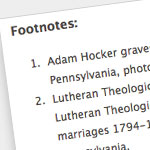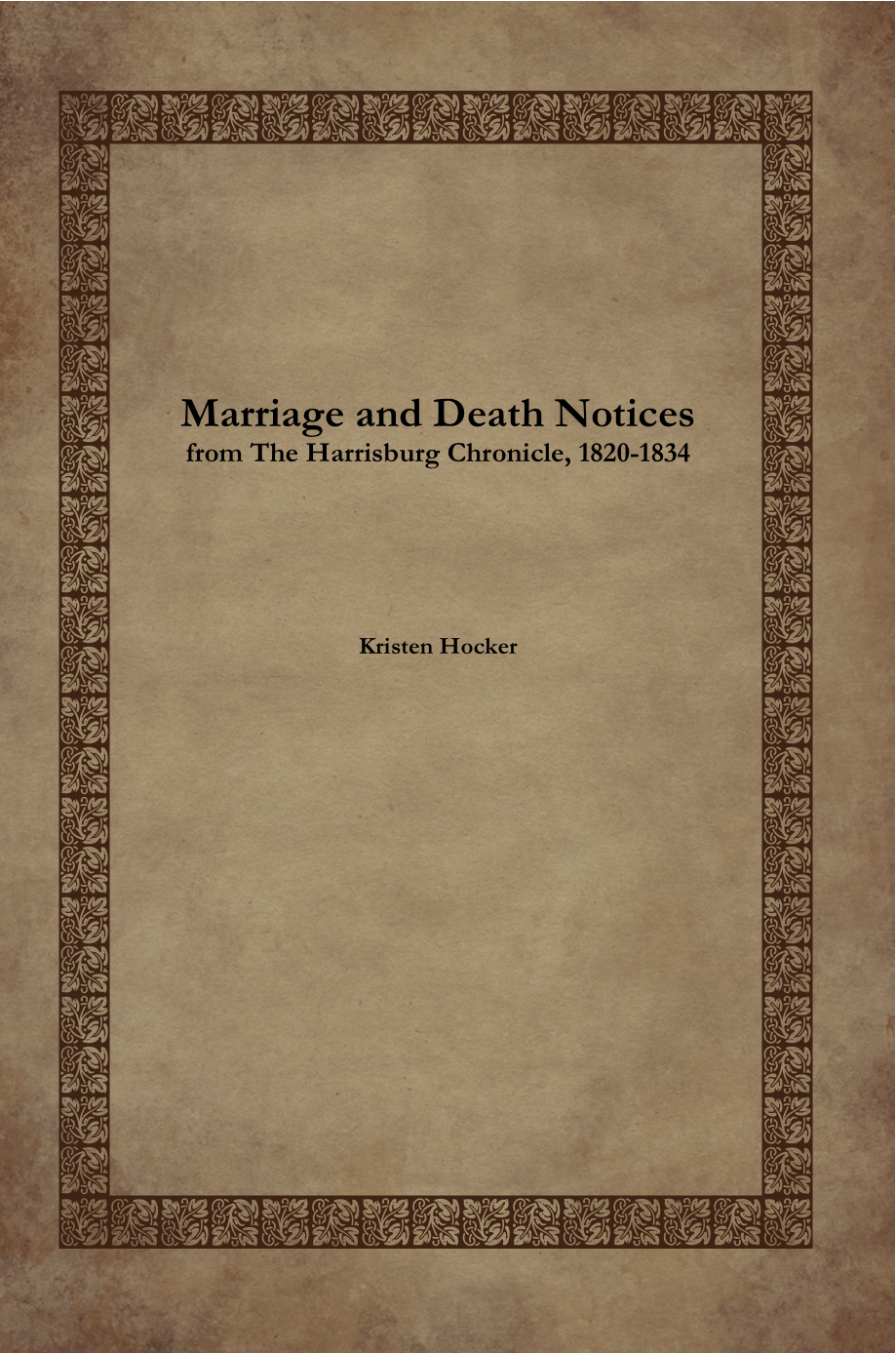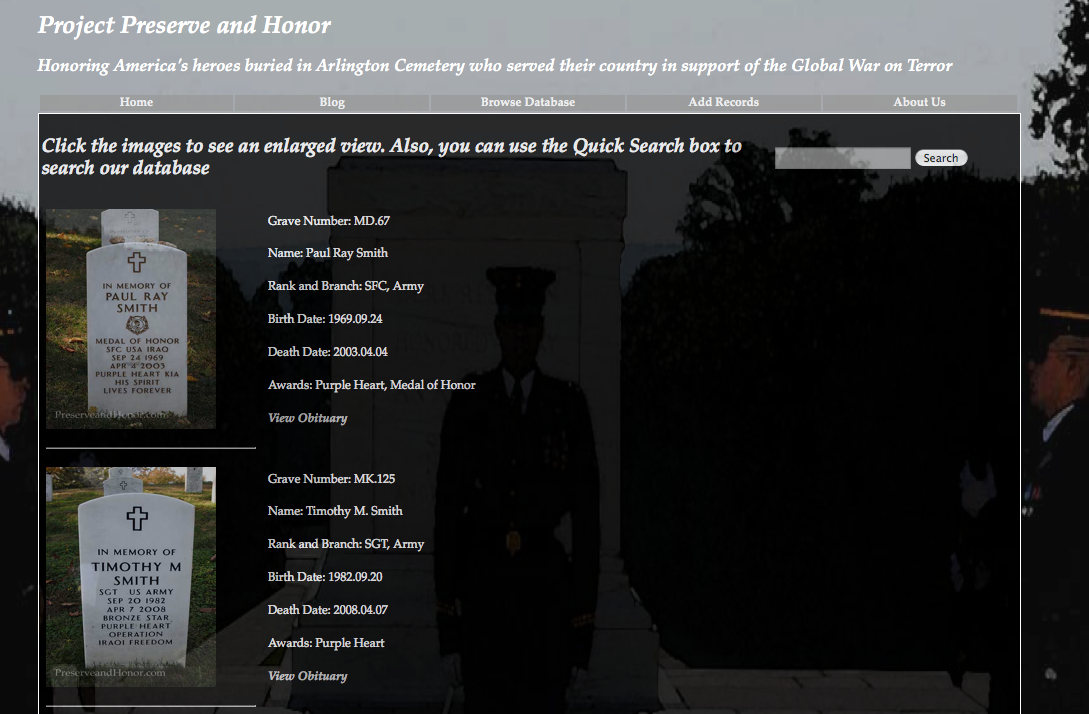In my recent travels around the web, reading genealogy blogs, I’ve seen a number of articles about whether or not blog writers should cite their sources. There have been numerous thoughtful, articulate posts written for both sides of the subject. Michael Hait’s blog Planting the Seeds even has a list of blog posts from around the geneaweb on the subject. Now, I’m not going to take a stance on what blog writers must do. Instead, I’ll just tell you why I’ve decided to use source citations.
If you’ve poked around my site at all, it’s pretty obvious that I believe in citing my sources—perhaps to the point of overkill. I won’t pretend that my citations are perfect; I’m pretty sure they’re not. However, they are sufficient to serve my purposes for including them in the first place which are:
1. To let readers know that there is a source.
That may seem like a no brainer, but when I’m searching for information online I will pass on by anything I find that doesn’t include a source. Same with any information where the only source is another FTM or GEDCOM file. If there’s no source, how can you verify the research? How can you determine the accuracy or validity of conflicting information?
I was able to correct a mistake regarding my ancestor George Hoover’s father because I not only verified the sources, but through a re-examination of the sources found a misinterpretation of the information. This led to the identification of two George Hoovers and I was able to determine which was my presumed ancestor.
2. To document where the information came from.
Since the raison d’etre for my site is to share my research and help other researchers, it’s important that I know where the information I’m sharing came from. It not only helps me keep track, but it means that other genealogists can duplicate my research and evaluate it based on their own findings and form their own opinions of its validity.
3. To make sure that it all makes sense.
When I write up a research post, it generally takes me several hours. Why? Because as I take the information from my database and turn into a narrative, I examine every fact, determine where it came from, and whether it makes sense amongst all the other information. Often, I’m pulling up and re-examining documents and sources to double-check the information. While my database allows me to collect information, a blog post requires that I pull those facts together into a logical sequence.
I’ve been able to think through a problem and reach a fairly well justified conclusion during this process for things that I either hadn’t thought through or had taken for granted previously.
3. To produce a quality post.
For me, writing these posts is the equivalent of writing a research report. They may not be up to the standard of a professional journal (and I may be the only person who ever reads them), but I want them to be the best example of what I know—at that particular moment—that I can produce. Later when I revisit the research or add new information, I want to be able to see what I’ve found, what conclusions I reached, and how I reached them. To my mind, that requires source citations.
That said, I don’t believe that every blog post out there should use source citations. Some posts just don’t need ’em. It depends on your audience and your purpose for blogging in the first place.
How do I add footnotes to my posts?
I use a nifty plug-in called FD Footnotes. It works with self-hosted WordPress blogs. It allows me to insert footnotes simply by adding the citation directly in my text like this:
The plug-in will automatically add the footnote reference in the text and link it to the full citation added at the end of the page.






